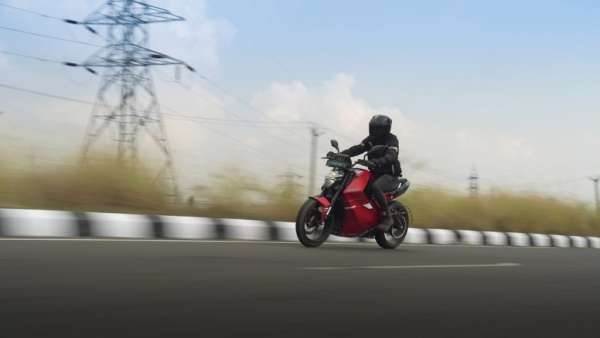
Raptee.HV recently became the first electric motorcycle OEM in India to receive strategic funding from the Technology Development Board (TDB), Department of Science & Technology, Government of India. This funding is only granted to selected institutions who develop something groundbreaking. So what has Raptee.HV built that drew the attention of TDB.
The Chennaibased electric vehicle (EV) startup is the only electric twowheeler manufacturer to have developed an indigenous architecture that supports a highvoltage electric motor. As of now, most electric twowheeler manufacturers utilise either a 48V or a 72V motors but Raptee.HV employs a 240V electric motor in its current flagship electric motorcycles —T 30 and T 30 S.
Express Drives recently got to briefly interact with Dinesh Arjun, CEO & CoFounder, Raptee.HV, and understand the need of a highvoltage electric motor, the benefit it offers over lowvoltage systems, and challenges faced while developing a highvoltage motor.
“Over the last seven years, we’ve vertically integrated almost all components. We make our own motors and controllers. Most EV OEMs, maybe make battery packs, or maybe make one or two small components. We make close to about 22 different PCBs that go into each motorcycle. We make it in house,” said Arjun.
While the electric scooter segment may have flourished in the last couple of years, the electric motorcycle space is yet to grow to its full potential. Many consumers associate motorcycles to offer a certain level of performance which current motorcycles running on batteries, barring a few, don’t offer. Arjun says the most appropriate way for a motor to deliver higher power is to utilise a highvoltage battery technology.
He explained that power is the product of voltage and current, which means one can either increase voltage or increase current. For instance, he said that if 30 horsepower were being delivered in a 48volt system, it would require nearly 600 amps of current. In comparison, the same output in a 240volt system would need roughly onefifth of that, or about 120 amps.
During the interaction, Arjun listed out some key benefits of transitioning from 48V/72V to 240V architecture. These include:
Arjun discussed the challenges faced by Raptee.HV while developing motors for the highvoltage architecture. Like all other EV twowheeler brands, Raptee started out with a 48V architecture with a bulky design, gradually progressing to a 96V architecture with a customised chassis followed by 120V architecture. The company finally transitioned to a 240V architecture in 2022.
However, the transition wasn’t smooth by any means as Raptee had to integrate several components. The company focused on developing inhouse motor controllers, along with custom battery packs built using specific Lithium NickelCobaltAluminum Oxide (NCA) chemistry. It also designed an onboard charger that supports Type 2 cables while ensuring full compatibility with CCS.